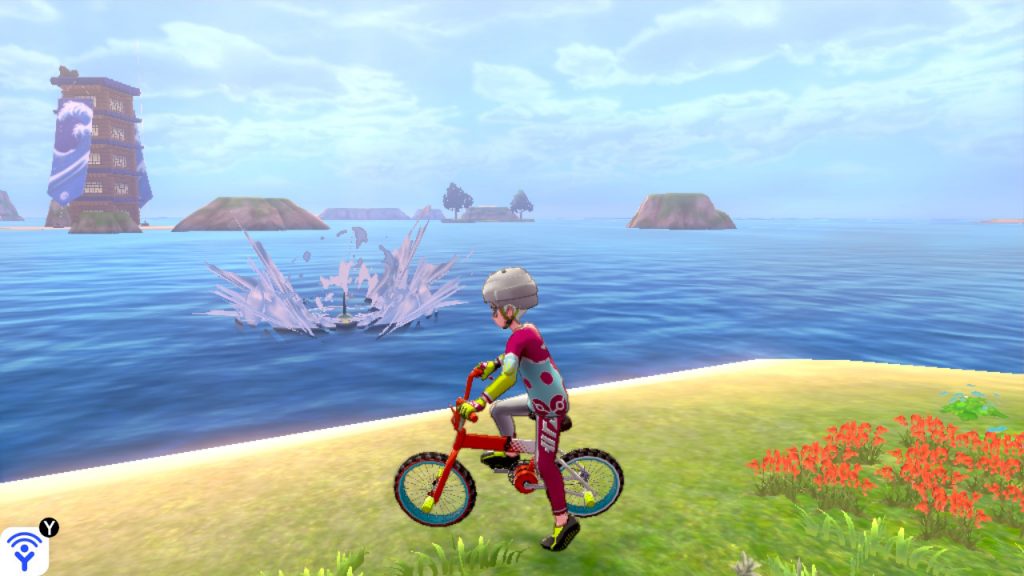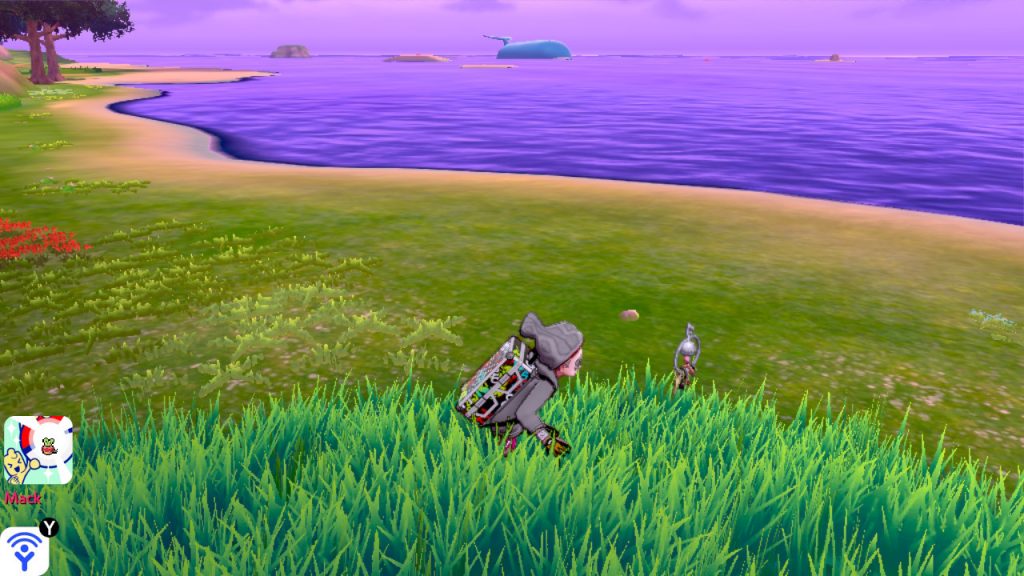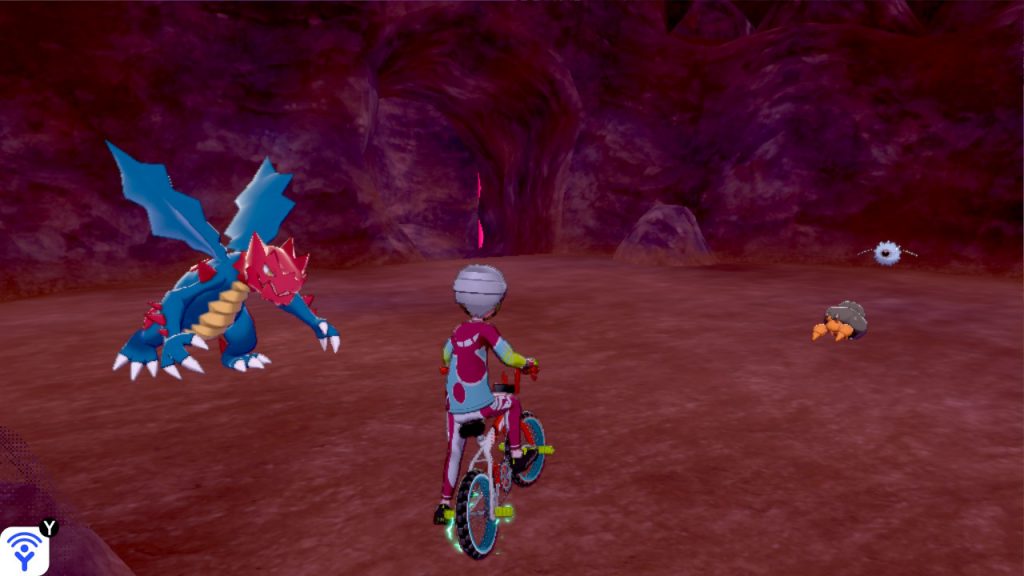Old favourites return.
Editor’s note: This article contains minor Pokemon spoilers and known plot details.
Taking baby steps, Pokemon has now received its first ‘real’ DLC in the Isle of Armor, and it is both competent and refreshing, despite Nintendo and the Pokemon Company actively lowering expectations. What the DLC’s promotion doesn’t reveal is just how well it does so many little things, like carefully curating the Pokemon on offer, that actively make the experience better.
Pokemon is, in many ways, comfort food. As much as longtime fans complain—boy do they complain—about a lack of innovation in the series, they immediately complain if anything is changed. Pokemon remains good to this day because while it plays with its systems it keeps a consistent core and overall tone. It’s comforting to see familiar faces and to jump right back into battle.
Perhaps that’s why so many fans cried foul when it was revealed Pokemon Sword and Shield wouldn’t have a complete bestiary. Favourites were cut and what was once familiar became uncomfortable. This raw emotion turned to fury when it was announced DLC would be releasing that introduced more of the roster of monsters; nevermind that anyone who opts out of purchasing can still acquire the Pokemon through trades and online services, this was a brouhaha waiting to happen. And did it.

Even now, reading the replies to any social media post from Pokemon accounts, the uproar continues. There are hashtags and memes. There are coordinated campaigns in response. There’s a whole lot of noise: Bring back the National Dex.
The Isle of Armor doesn’t do so. It adds some old favourites but snubs many others. It is apparent the next batch of DLC, the Crown Tundra, will do the same. The game—and the DLC—is better for it.
Much of the Isle of Armor’s marketing focused on it being aimed at competitive players and the Dojo at the heart of the island. Kubfu, a kung-fu panda in its own right, has been featured ad nauseum in the marketing, and many of the big ticket items—from new takes on the original legendary bird Pokemon, to legendary hunting in general—seemed pushed off to the fall release of the Crown Tundra. The push never felt real, to me, that Nintendo or Game Freak wanted anyone to actually care about this first DLC. Maybe the critics were right and this all should have been in the base game?
What the Isle of Armor does right is pay attention to detail and gently respond to player complaints about the base game. Whereas Galar was accused of being too linear, the isle offers branching paths and switchbacks. Where the Wild Area was a pair of giant donuts with little variation, the isle has a sense of verticality to it, and a mix of terrain ranging from caves to forests to archipelago. Where watts—one of the game’s currencies—felt largely useless by the late game, the dlc adds new excuses to spend them on island upgrades and at sneak peeks of the Pokemon to be found on the isle.
This approach, of paying a NPC to get a random Pokedex entry, is brilliant. Not only does it provide crucial information on where to find your old favourites and under what weather conditions, it also helps build anticipation. Again and again I’d approach one of these plain-looking NPCs, offer up 100 watts, and be floored by a revelation. It motivated me to search for the Pokemon and to explore the island.
So, too, did a side quest focusing on rounding up Diglett. Scouring the island for three little hairs popping out of the ground excited me as I looked everywhere to find the creature, often hidden in plain sight, and it further rewarded me with generous Pokemon rewards along the way. I’ve long since argued that Pokemon succeeds because it encourages a sense of discovery and these two features excel at that.
Along the way I marveled at the sense of discovery. The Wild Area’s magic—and that of the Let’s Go games before it—is in seeing the creatures inhabit real space and seeing them brought to life right in front of you. That magic still exists: I’ve already seen Scyther in this way in Let’s Go Pikachu, but to have it flying about, actively chasing me, was exhilarating. It felt like how I’d always imagined encountering a human sized bug with deadly blades in lieu of hands.
The first Pokemon I encountered in the DLC was a floating mess from afar. I had to see what it could be. Turns out it was Klefki, a steel/fairy that is a keyring, a Pokemon I’ve never before been excited about and probably won’t be again. But, for fleeting moments, I was excited to see it floating there, jingling keys, before capturing it and moving on.
Returning monsters and Galar natives are interspersed together: the snapping turtle Drednaw feels more appropriately placed in the wetlands on the isle than any other place in Galar. Some rarer Pokemon on Galar proper are made easier to find here, including Ditto, Rotom, Applin, and your exclusive monkey, Passimian/Oranguru. This is a welcome break for breeders and those looking to complete their dexes.

In the distance a giant Wailord awaits. It is massive and appropriately sized (and leveled, at level 80 it’s one of the stronger wild Pokemon ever) filling the screen as you approach it. Scolipede, a giant centipede Pokemon, towers over your trainer as well. Tiny Pokemon like the bouncing Azumarill or the adorable Dedenne feel more alive than they ever have.
The theming of the areas feels appropriate too: Dedenne is a Pikachu replacement (every generation has its take on an electric type rodent) and he hangs out near Galar’s version, Morpeko, along with Emolga and Pikachu itself in the adjacent area. Similar theming happens with tentacled creatures interacting in a lagoon, and dark types that occur near each other. The aforementioned Scyther chased me right into a Pinsir, another terrifying giant bug. Pokemon has always felt sort of intentional in this way but the Isle of Armor feels well placed and well balanced throughout.
Sharpedo warrants special mention as much of the region is aquatic. If you’ve ever encountered the aggressive AI of a Sneasel hunting you down, Sharpedo will instantly create a sense of revulsion, as it jets at you across the sea, homing in on you as you flee. You can practically feel it nipping at you as it attempts to scare up its next meal. Cue the Jaws music.

Watching Poliwrath flex, Comfey spin, Bouffalant charge, and Lillipup yap unites both the sense of nostalgia and imagination the series has always meant for me. These are lovingly crafted virtual monsters. And, on the Isle of Armor, any of them can accompany you out of their Poke ball, traipsing, floating, or, in the case of my Appletun, waddling behind you while you explore.
Kubfu and its dojo inspired storyline are fine. There’s loads of humour, a few surprises, additional Gigantamax Pokemon, and a wonderful connection to the region’s gym leader lore. Nintendo and the Pokemon Company wrongly marketed these large items when they had a home run with the changes that show fans they both listen and care. Like a bowl of your mom’s mac and cheese, reading a book under a blanket while it rains, or seeing a friend you haven’t seen in a long while, Pokemon is about a feeling of warmth and comfort.
In its first DLC outing Pokemon Sword and Shield has delivered just that.
